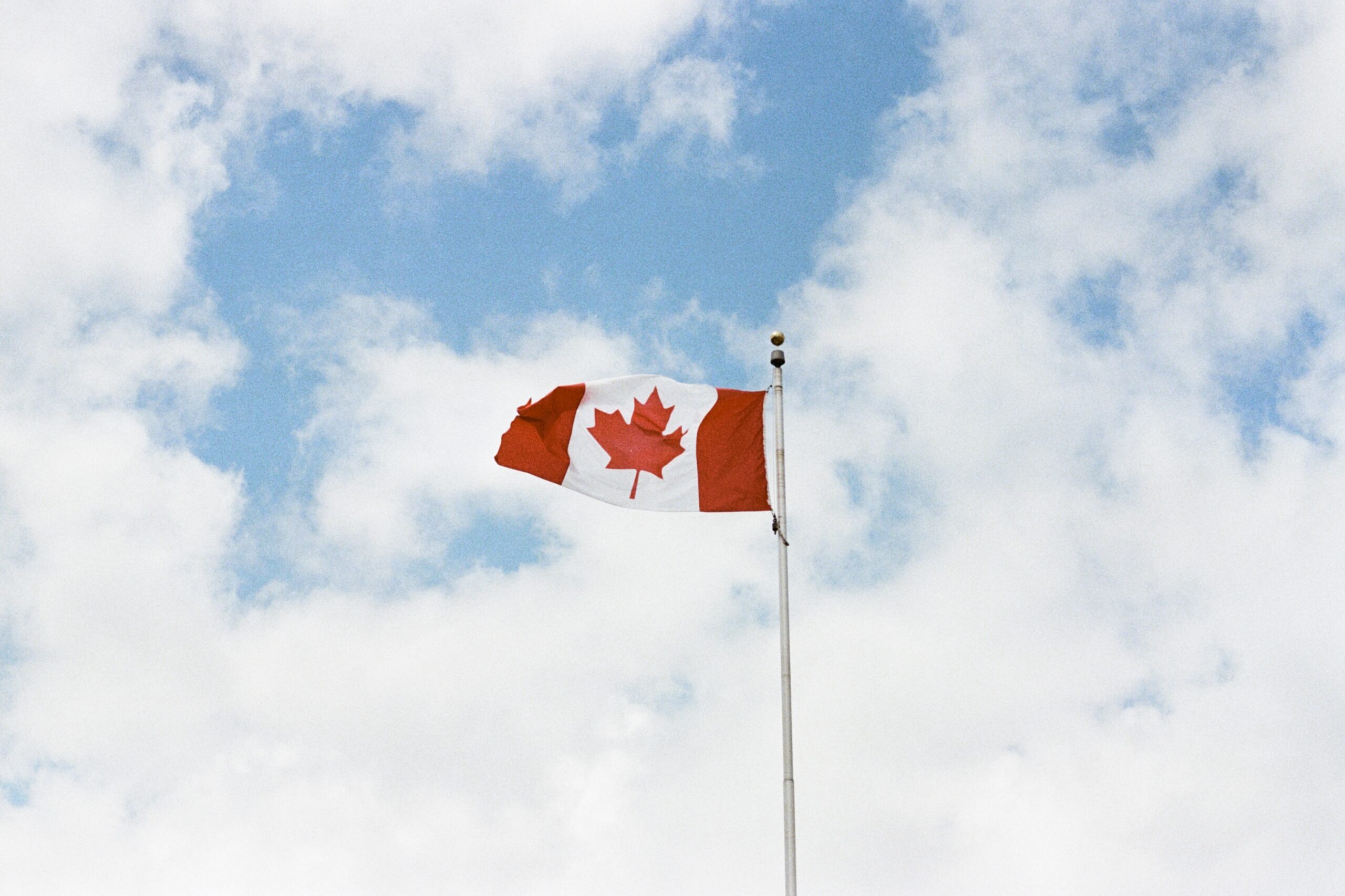Before the coronavirus pandemic, the Express Entry draws were easily predictable. Although it wasn’t an official policy, Immigration, Refugees, and Citizenship Canada (IRCC) used to hold draws every two weeks on Wednesday. Each draw used to feature more than 3,000 Invitations to Apply (ITAs) for permanent residence, and Comprehensive Ranking System (CRS) cut-offs were around 470 points.
Things were way more stable back then, and since the introduction of IRCC, the policy objectives of Express Entry have remained unchanged. Additionally, IRCC was closer to achieving its goal of processing 80% of Express Entry permanent residence applications within six months or less and thus was able to continue issuing new ITAs at regular intervals, making Express Entry candidates more certain.
Since the onset of the pandemic, however, Express Entry draws have happened with a far lower predictability. There is no longer a recurring pattern of when a draw will happen, the draw type, the number of ITAs, etc.
In the months leading up to June, Express Entry draws occurred regularly. Once the IRCC introduced category-based selection, draws began happening more frequently as the IRCC sought to achieve a broader array of policy goals, including addressing labor shortages and welcoming more Francophone immigrants.
Between June 27 and August 15, IRCC introduced category-based selection and held a total of 12 Express Entry draws. This was unprecedented, as based on previous trends, IRCC would typically hold between 4 and 8 draws over a comparable period of time. IRCC then held off on issuing Express Entry invitations for just over one month before holding nine more draws between September 19 and October 26.
There has not been any draw since October 26, nor has IRCC explained possible reasons for the pause. However, several factors might have an influence on when IRCC holds Express Entry draws.

Immigration Levels Plan
Each year, the IRCC releases an Immigration Levels Plan to set targets for the number of permanent resident admissions that are set to arrive in Canada annually for the upcoming three years.
These targets are further classified by category, including Express Entry candidates. For instance, the IRCC predicts using Express Entry to bring in 110,770 immigrants in 2024 and 117,550 in 2025 and 2026. These numbers comprise the primary candidates who obtain Express Entry ITAs, along with the qualifying spouses and children they may include on their applications for permanent residence.
To ensure the fulfillment of its targets, IRCC must consistently assess the volume of permanent residence applications in the processing queue. If the number of applications is sufficient to meet IRCC’s targets for the current and future years, the department may refrain from issuing additional Invitations to Apply (ITAs). Conversely, if the processing queue lacks an adequate number of applications, IRCC is likely to conduct more draws or issue a higher quantity of ITAs.
In determining the ITA issuance based on targets, the IRCC considers both the current year and the upcoming year. This consideration is essential because the final processing of an Express Entry candidate’s application takes six months. For instance, ITAs issued in the latter part of 2023 are expected to result in a permanent resident completing their landing in 2024.
IRCC policy objectives
IRCC should also consider the types of draws it must hold to satisfy its policy objectives. The goal of Canada’s immigration minister is to encourage the country’s economy. To accomplish this, the minister issues directives encouraging immigrants who have the necessary skills to fill labor shortages and boost the country’s GDP as soon as they arrive in Canada.
Another key way to accomplish this is by issuing Express Entry invitations to Provincial Nominee Program (PNP) candidates.
In 2021, the International Refugee Committee (IRCC) desired to bring in over 400,000 new permanent residents despite continued pandemic-related obstacles such as travel bans and processing delays. Large Express Entry lotteries for Canadian Experience Class (CEC) candidates were one important way it tried to accomplish this goal, as the majority of them were already in Canada and it was easier for IRCC to get them permanent residency. To address more general policy goals, the IRCC has conducted more drawings since implementing category-based selection.
These goals include:
- Foster economic development in regions across the country
- Invite candidates with high human capital who are well-placed to incorporate into the Canadian labor market
- Facilitate temporary to permanent residence transitions
- Strengthen Francophone communities outside of Quebec
- Inviting candidates with required work experience in STEM, healthcare, transportation, agriculture, and skilled trades
Changes in the Comprehensive Ranking System and Express Entry profiles

Occasional variation in the Comprehensive Ranking System (CRS) and other Express Entry profile changes may also impact Express Entry draws. While it does not happen often a change to how IRCC allocates CRS points to a specific attribute can also influence the frequency of Express Entry draws.
For example, in 2020, the IRCC increased the number of CRS points a candidate could receive for French proficiency. When that happens, IRCC needs to satisfy several technical updates to ensure that all existing profiles are up-to-date with accurate CRS scores. In addition, as another example, last year IRCC needed to phase out NOC skill types in favor of the new TEER system.
IT issues
IT issues, including glitches, are another factor that might influence Express Entry. Recently, IRCC reported that there is a problem with the builder for Express Entry profiles. Because of the glitch, candidates who have already received an ITA were not able to upload their final application for permanent residency within the requisite 60 days.
On November 29, IRCC tweeted that applicants who were unable to upload their profiles due to the glitch would have an additional 60 days to submit their applications.
Rollouts of new systems can sometimes lead to glitches in the Immigration, Refugees, and Citizenship Canada (IRCC) systems. For example, during a recent meeting of the Standing Committee on Citizenship and Immigration, IRCC Deputy Minister Christiane Fox mentioned that some IT issues were there following the introduction of category-based selection rounds of invitations.
When such glitches occur, the IRCC may hold off on draws until the issue gets resolved.
Moreover, no Express Entry draws were conducted between November 23, 2022, and January 11, 2023, due to an IT problem related to updates in the National Occupation Classification (NOC) system. Because of this glitch, some ineligible candidates got Invitations to Apply (ITAs).
Staffing changes at IRCC
Changes in staffing, especially the appointment of new officials such as the Immigration Minister, Deputy Minister, and other related authorities, can impact Express Entry draws. It usually takes time for them to adjust to their new roles and responsibilities.
Recently, the IRCC underwent a reorganization process after a report by former Deputy Minister Neil Yeates highlighted the inefficiencies of the department. The report recommended restructuring the IRCC according to the lines of business. Deputy Minister Fox stated in an interview with Paul Wells that the department has already implemented some of the recommendations, which would inevitably lead to changes in staffing levels.




